News Beat
News Beat reporting is an idrw.org initiative to let our Readers to report News Based on Actual facts but some how has not been reported in Main Stream Media .
SOURCE: RAUNAK KUNDE / NEWS BEAT / IDRW.ORG
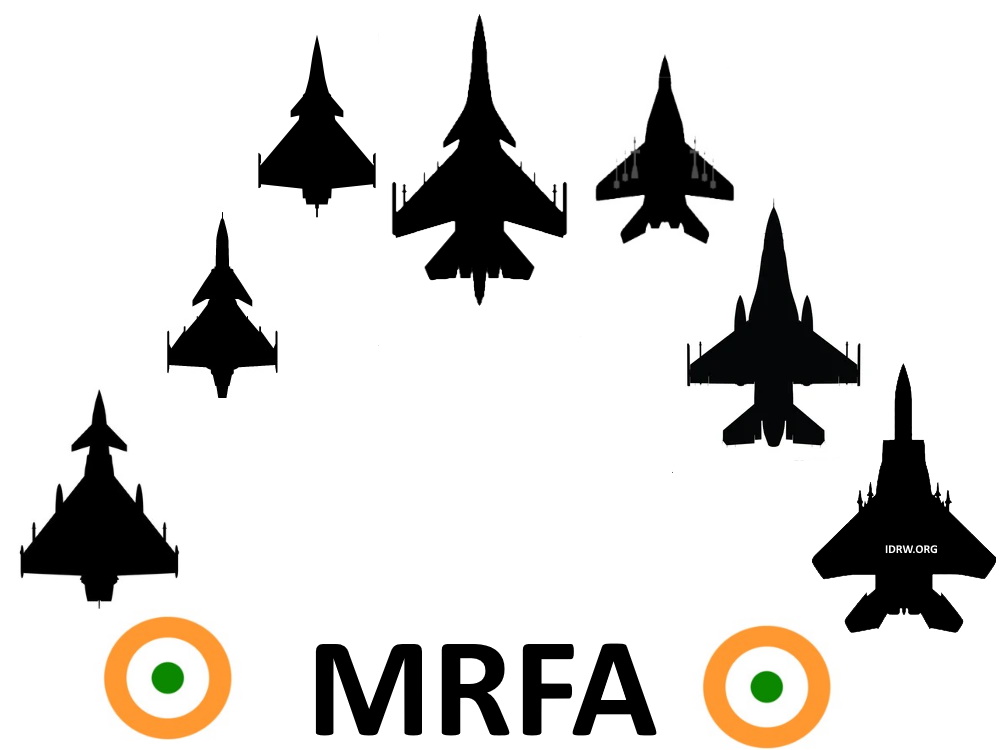
In a significant shift in its defence procurement strategy, the Indian government is demanding complete fighter jet manufacturing within the country for its upcoming Multi-Role Fighter Aircraft (MRFA) program. This move signals a departure from the previous piecemeal approach under the Make in India initiative.
Under the new policy, any vendor vying for the MRFA contract, valued at an estimated $23 billion, must be willing to establish a manufacturing unit in India capable of producing the entire aircraft. This goes beyond the offset obligations of previous deals, where only parts of the aircraft were manufactured domestically. Additionally, the government seeks technology transfer and a joint venture with a local partner for full-scale production.
Continue readingSOURCE: RAUNAK KUNDE / NEWS BEAT / IDRW.ORG
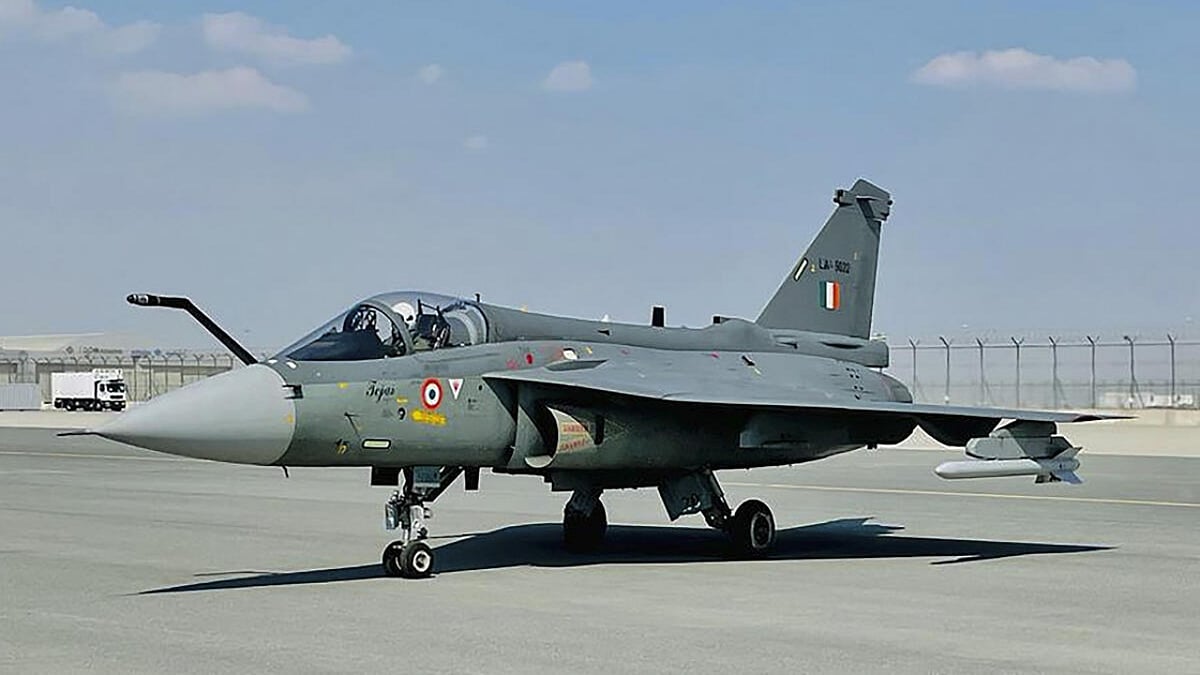
India’s Light Combat Aircraft (LCA) Tejas Mk1A program faces a potential delay due to ongoing issues with the supply of F404 engines from GE Aerospace. Sources close to the program have informed idrw that these delays could push back deliveries by over 10-12 months.
The Tejas Mk1A was designed specifically for the F404 engine, and there is currently no viable alternative. The Kaveri engine, an indigenous option being developed by India, is still facing delays and is not expected to be ready for production for another 5-6 years. The RD-33 engine, considered in the early 1990s, is no longer a feasible fallback solution.
Continue readingSOURCE: RAUNAK KUNDE / NEWS BEAT / IDRW.ORG

In a move towards greater inter-service cooperation and improved safety, the Indian Army is leading a joint initiative to procure specialized explosive vans for the transportation of ammunition by the Army, Navy, and Air Force.
The current practice of using General Staff (GS) vehicles for transporting explosives is deemed hazardous due to inadequate fire and security measures. The new explosive vans aim to address these shortcomings by providing a safer and more secure mode of transporting ammunition.
Continue readingSOURCE: RAUNAK KUNDE / NEWS BEAT / IDRW.ORG

The Indian Air Force (IAF) is considering a new approach for maintaining the F-404 engines that power its Tejas Mk1A fighter jets. This strategy takes inspiration from the IAF’s management of its Pilatus PC-7 Mk.II trainer fleet.
Similar to how the IAF directly engages with Pratt & Whitney, the engine manufacturer for the PC-7, the Air Force is mulling bypassing Hindustan Aeronautics Limited (HAL) and working directly with GE Aerospace, the makers of the F-404 engines. This approach aims to streamline the spare parts and supply chain process, eliminating unnecessary middlemen.
Continue readingSOURCE: RAUNAK KUNDE / NEWS BEAT / IDRW.ORG

Rolls-Royce is actively campaigning its MT30 Marine Gas Turbine for the propulsion system of the Indian Navy’s upcoming IAC-2 aircraft carrier. This comes after the MT30 was initially considered for a larger, 65,000-ton carrier project that was later shelved in favor of the 44,000-ton INS Vikrant, currently powered by General Electric LM2500 engines.
Rolls-Royce sees IAC-2, the sister ship to INS Vikrant, as a crucial opportunity for the MT30. The company is highlighting the potential for engine continuity when the even larger IAC-III carrier is built, especially considering Defense Minister Rajnath Singh’s suggestion of a future Indian Navy with more than four carriers.
Continue readingSOURCE: RAUNAK KUNDE / NEWS BEAT / IDRW.ORG
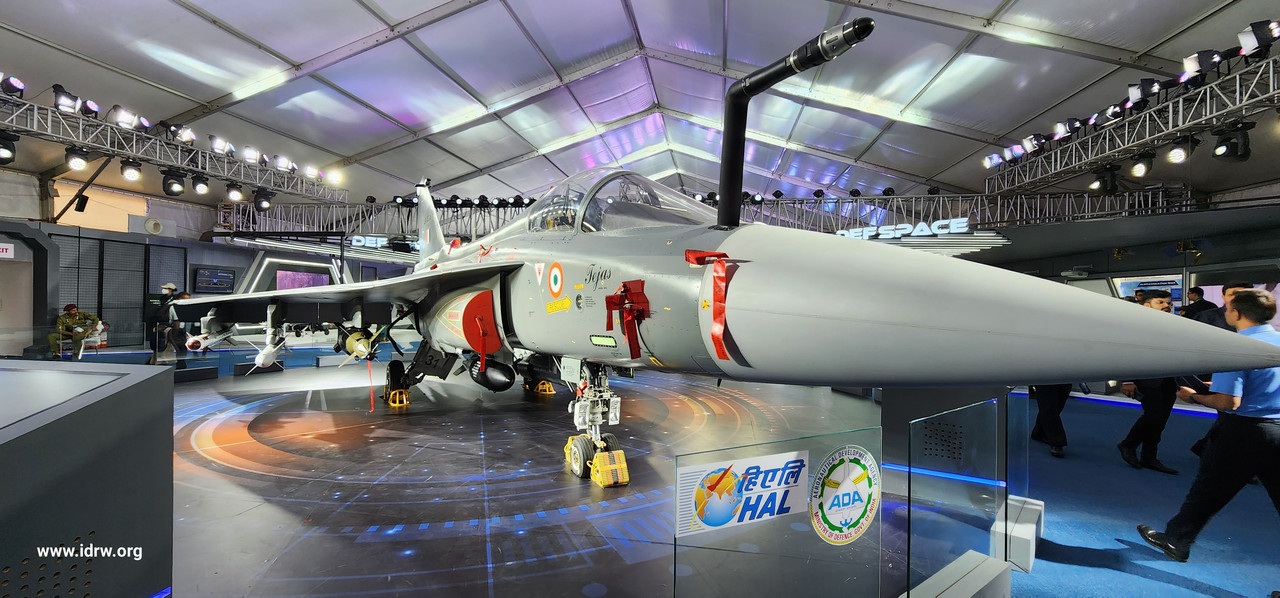
The Indian light combat aircraft, Tejas, seems to have hit a roadblock in its potential export to Botswana. Discussions between Botswana Defence Force (BDF) and Hindustan Aeronautics Limited (HAL) regarding the Tejas fighter jet’s acquisition, which emerged during the 2023 Aero India show in Bengaluru, have reportedly stalled.
The BDF has been actively seeking replacements for its aging fleet of 10 CF-5A and three CF-5D fighter aircraft and fighter trainers. However, their search hasn’t yielded any concrete results. Talks with other potential suppliers, including South Korea for the FA-50 and Sweden for the Saab JAS-39 Gripen, have also failed to progress in Past.
Continue readingSOURCE: RAUNAK KUNDE / NEWS BEAT / IDRW.ORG

Hindustan Aeronautics Limited (HAL), India’s state-owned defense contractor, faces a hurdle in its Tejas Mk-1A program due to delayed engine deliveries from General Electric (GE) Aerospace. GE, contracted in 2021 for a fresh batch of 99 F404-GE-IN20 engines valued at $716 million, hasn’t delivered any new units as of July 2024. This delay impacts the Tejas Mk-1A’s production schedule, with several aircraft awaiting engines.
Sources at idrw, report that HAL is considering an alternative solution. They plan to utilize a combination of reserved F404 engines and some used on older prototypes to power the initial Tejas Mk-1A batch. This approach aims to keep production moving while awaiting GE’s deliveries.
Continue readingSOURCE: RAUNAK KUNDE / NEWS BEAT / IDRW.ORG

India is evaluating a proposal for joint production of the American Javelin, a third-generation anti-tank guided missile (ATGM). This move comes amid the Indian Army’s need for a readily deployable, soldier-portable anti-tank solution.
The Javelin’s primary advantage lies in its weight. At a total weight of 22.3 kg, including the missile, launcher, and sights, it is significantly lighter than India’s indigenously developed Man-Portable Anti-Tank Guided Missile MPATGM by DRDO. The MPATGM, though still under development, weighs around 29 kg without its tripod, making it a heavier, two-man operation compared to the shoulder-fired Javelin.
Continue readingSOURCE: RAUNAK KUNDE / NEWS BEAT / IDRW.ORG
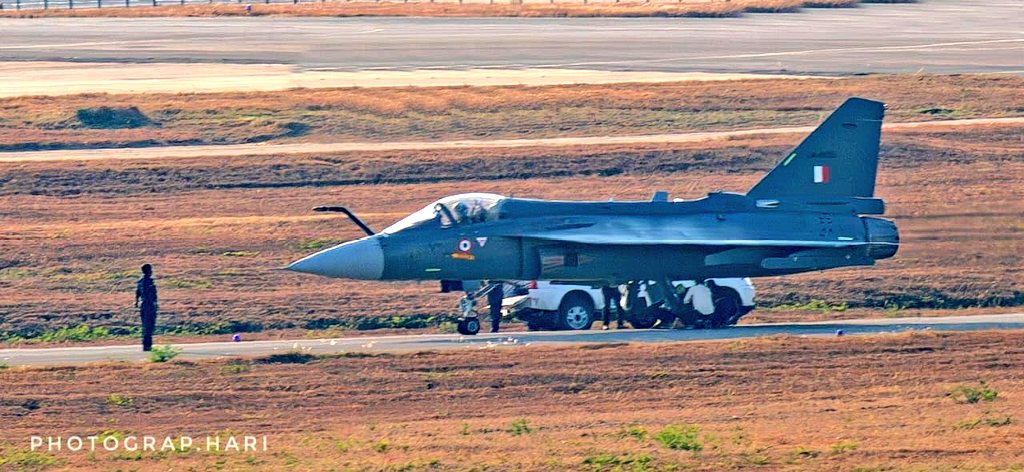
The Indian Air Force (IAF) is expressing concern over delays in the Tejas Light Combat Aircraft (LCA Mk-1A) program. These delays could impact the IAF’s combat readiness as they wait for the much-needed fighter jets.
The first Mk-1A aircraft was originally scheduled for delivery by March 31, 2024. Last year, Hindustan Aeronautics Limited (HAL), the state-run defense contractor, projected an even earlier delivery. However, the first flight only occurred in late March, and the aircraft remains undelivered.
Continue readingSOURCE: RAUNAK KUNDE / NEWS BEAT / IDRW.ORG

Following the recent meeting between Prime Minister Modi and President Putin in Moscow, there are signs of a potential expansion in India-Russia defense cooperation. According to sources, India’s Hindustan Aeronautics Limited (HAL) facility in Nashik, Maharashtra could be repurposed to assemble new Su-30 jets specifically for export.
The Su-30 is a highly sought-after multirole fighter jet, currently deployed by air forces across the Middle East, Africa, Asia, and Latin America. Its versatility and firepower have made it a popular choice for nations seeking to bolster their air defense capabilities.
Continue readingSOURCE: RAUNAK KUNDE / NEWS BEAT / IDRW.ORG
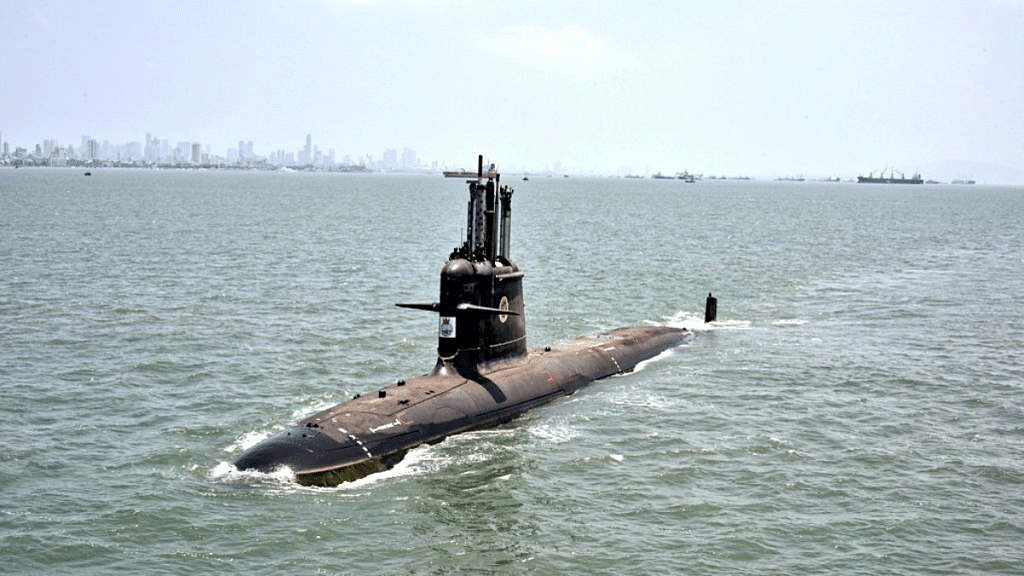
India’s underwater ambitions are set to take a leap forward with the development of a new class of Kalvari-class submarines. These next-generation vessels, to be constructed by Mazagon Dock Shipbuilders Limited (MDL), will boast significant improvements over their predecessors.
The new submarines will be considerably larger than the previous six Kalvari-class submarines built for India. Measuring a full 10 meters longer at 77.56 meters compared to 67.56 meters, these extended vessels will likely offer increased space for crew, weaponry, and advanced onboard systems.
Continue readingSOURCE: RAUNAK KUNDE / NEWS BEAT / IDRW.ORG

The Indian Air Force’s (IAF) ambitious plan to bolster its squadron strength by 2025-26 appears set to miss the target by a significant margin. This shortfall comes amid ongoing efforts to address the IAF’s fighter jet deficit.
The IAF initially aimed to induct nine additional squadrons by 2025-26. However, current projections indicate a considerably lower number. The sole confirmed inductions are two squadrons of Rafale fighter jets and one squadron of the Tejas Mk1A, the latter facing delays due to production issues.
Continue readingSOURCE: RAUNAK KUNDE / NEWS BEAT / IDRW.ORG
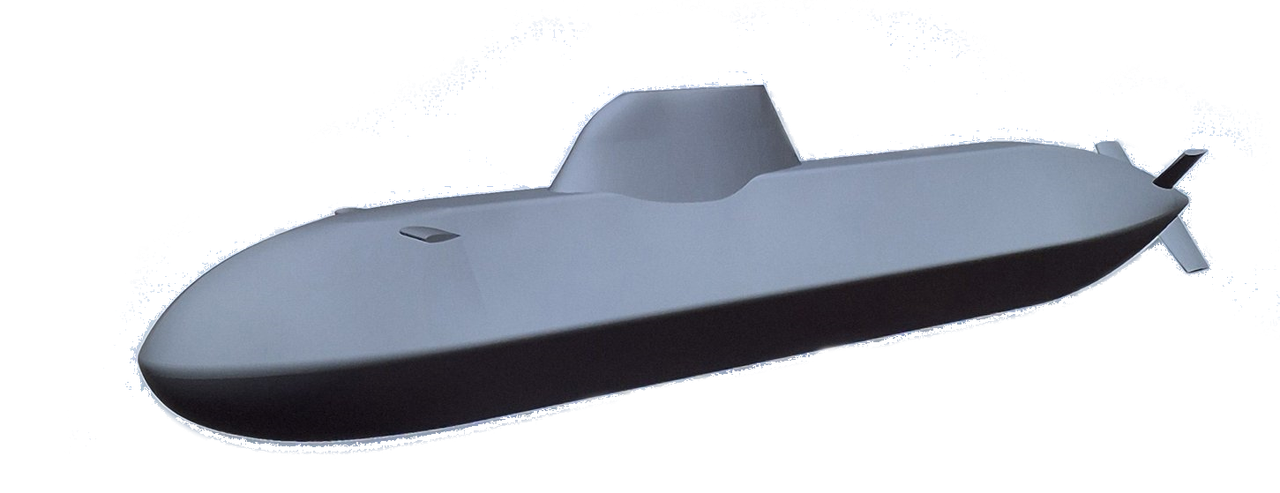
Thyssenkrupp Marine Systems (TKMS) has recently showcased a potentially game-changing submarine design to a select group of Indian media representatives. This offering caters to the Indian Navy’s P-75I program, aiming to bolster its underwater fleet.
The proposed submarine boasts a radical new concept: “Stealth Shaping.” This involves angled sides on the exterior, which, according to TKMS, significantly reduces the submarine’s acoustic signature. This translates to a lower probability of detection by active sonar, a crucial advantage in modern submarine warfare.
Continue readingSOURCE: RAUNAK KUNDE / NEWS BEAT / IDRW.ORG
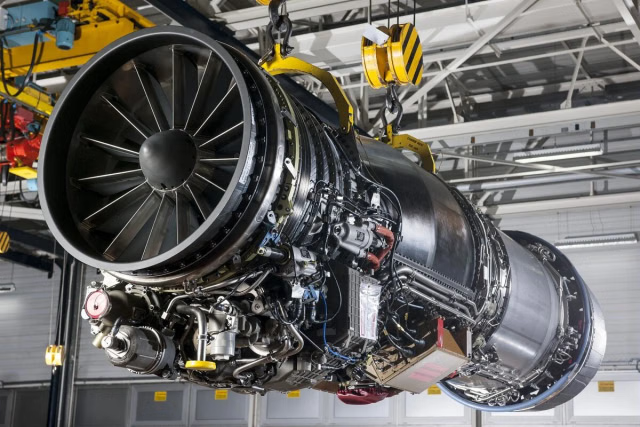
In a significant shift for the Indian aerospace industry, Rolls-Royce has proposed a revolutionary collaboration for the Advanced Medium Combat Aircraft (AMCA) program. Alex Zino, the company’s future programs chief, has pledged a complete transfer of intellectual property (IP) rights to India for a jointly developed engine.
This unprecedented offer breaks away from traditional models and empowers India with full ownership of the engine’s technology. The proposed collaboration goes beyond mere production; it signifies a genuine commitment to knowledge transfer and fostering indigenous capabilities.
Continue readingSOURCE: RAUNAK KUNDE / NEWS BEAT / IDRW.ORG
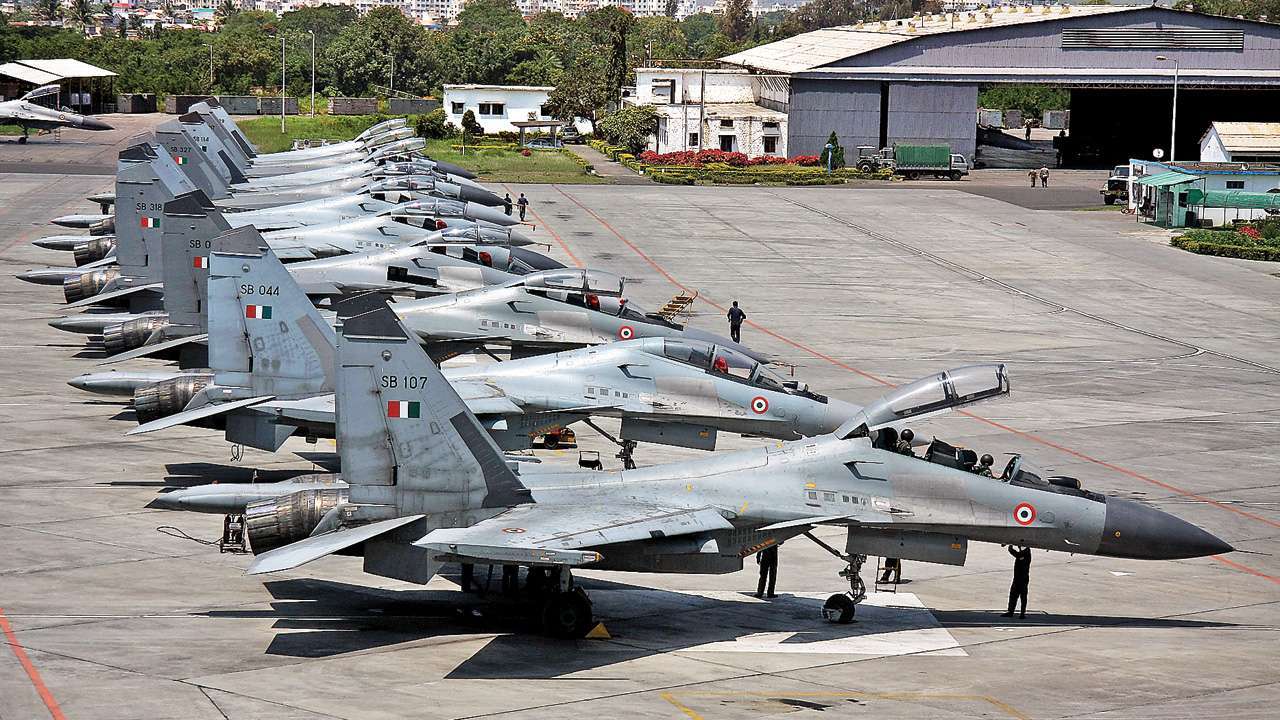
India has approached Russia for further Transfer-of-Technology (ToT) for its massive Sukhoi-30MKI fighter jet fleet, aiming for greater local production with Indian private or public sector companies. This move comes amidst concerns over dwindling supplies due to the ongoing war in Ukraine and Western sanctions on Russia.
Indian Air Force (IAF) Chief has previously assured that the over 250 Sukhoi-30MKI jets remain operational thanks to the IAF’s foresight in stockpiling spare parts. However, with the war extending into its second year, those stockpiles are depleting, and fresh supplies are hindered by sanctions on Russia’s financial systems.
Continue reading